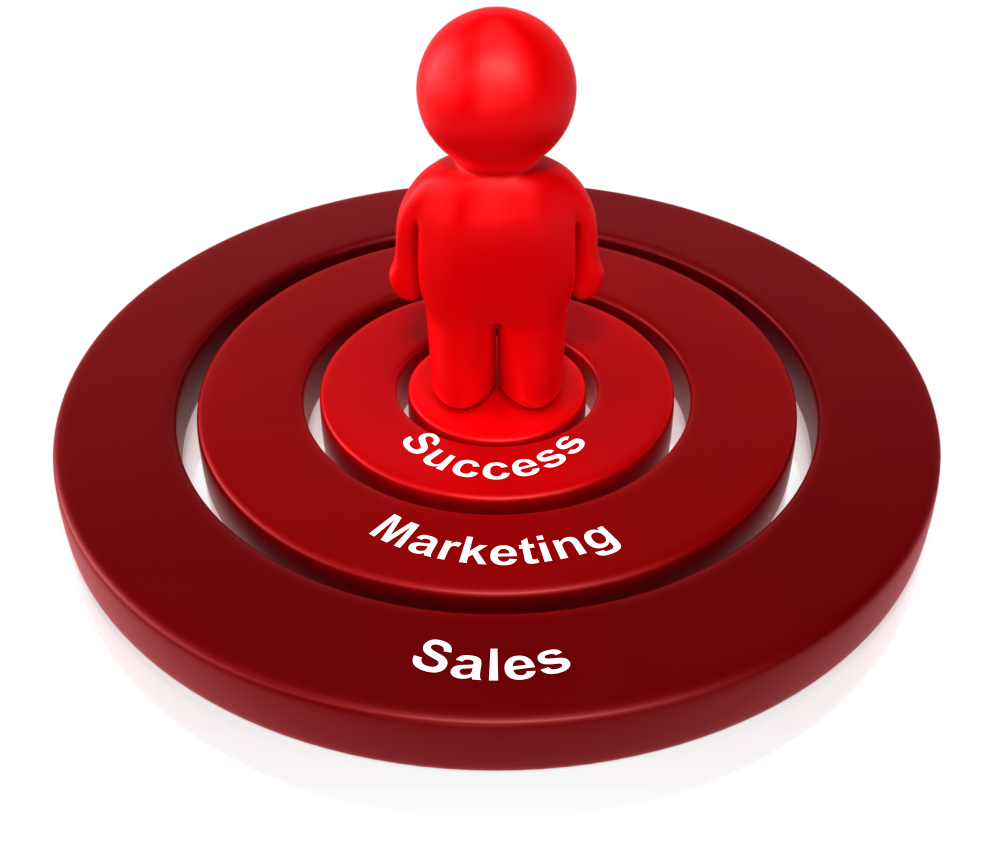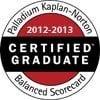Setting Yourself Up For Success
Have you struggled to define your ‘buyers journey’? You already know that today’s Buyer, whether Business-to-Business (B2B) or Business-to-Consumer (B2C), is hyper connected, actively researches any product or service prior to contacting any salesperson, and is estimated to have completed well over half of her buyer’s journey before first engaging with a company.
It's a Challenge to Model Your Sales Funnel
This makes it very difficult to model your marketing and sales funnel, especially if you sell a multitude of products and services, each of which will have a distinct set of sales process steps.
Integrated Marketing and Sales Platforms
As companies deploy integrated marketing and sales platforms, such as Hubspot, which has both an Inbound Marketing Platform, a Customer Relationship Management Platform and a Lead Intelligence system called SideKick, responding to leads becomes a technological challenge.
Embedded Process Information Management
Every business is unique, and therefore, has unique business processes. Every workflow management system will have embedded within, either implicitly or explicitly process information that reflects business activities that must happen if the business is to function.
Need Workflow Automation to Help Sales Produce Revenue
If you’re like us, you are generating more and more leads, and need a way to help your Sales team focus on the highest value leads. That's why we rely heavily on automated workflows. But in order for us to rely on these automated workflows, we need a convenient way to produce workflow diagrams. That's one of the reasons we love Hubspot's workflow tool, you can build and test the workflow design right in the system.
Distinguishing Between Workflow Types
Workflows are also sometimes distinguished as manual or digital. Digital workflows are usually automated workflows and ones that use artificial intelligence ( AI ). Manual and digital workflows are also sometimes called human-centered versus system-centered workflows, respectively. Business workflows exist in every organization across all industries. Business process workflow management software is often used to orchestrate business processes that can be very complex in nature. Some workflow management systems have AI capabilities that can identify and add business process efficiencies and improve business operations and processes.
Focus on Automating Marketing and Sales Workflows
We want to focus on using them for automating marketing and sales tasks using best practices learned from real world engagements.
Which ‘Best Practices’ Work Best:
First, you need to know about four of the most critical tools you will need to employ which are available in the Hubspot system (indeed, in any comprehensive integrated marketing platform, such as SAP Hybris Marketing or Marketo)
- Workflows: Though at first, workflows sound a bit complicated, once you’ve set up a few, you will find they are really easy to set up.
- Lists: The ability to create lead lists, based on any number of criteria, means you can not only segment down to a single name, you can segment down to single characteristic of a single name!
- Lead Scoring: This is a tricky, yet critical part of the process of setting up a system that allows the sales force to focus on the highest potential value leads first, and letting the lead nurturing system work the less valuable leads.
- Business Process Modeling (BPM): Workflow management software which also provides workflow templates for documentation purposes and business process modeling purposes, both of which are two important aspects of business process management ( BPM ).
- Workflow Template Management Capability: While we often refer to building workflows using workflow templates, the truth is, especially when we first create a workflow to support process automation, we have to create customer specific versions of workflow patterns. Once built, these then, can be cloned easily.
The Keys to Success
So how should set up your sales funnel management system to maximize sales productivity?
- Buyer Personas.
You need to be using the Inbound Marketing system to help prospects to self-classify themselves, so just ask them on the forms. - Company Size.
You can easily ask prospects to classify themselves by simply creating a drop-down list that ask them to classify themselves by company size. But with the company functionality in the CRM, you can also enrich contact data with company data by simply associating them together. Pro-Tip: You can also do this inside the Hubspot Chatbot. - Create Smart List.
By combining Company Size and Buyer Persona, as well as the conversion event information, you can create a Buyer Matrix that automatically classifies each lead into the proper bucket. - Determine Lead Value.
This is where you need to really know your sales funnel, and have a very good idea of what the actual content consumption path of your typical user is prior to the lead emitting a ‘buying intent’ signal. - Combine Lead Status with Tasks.
The general rule of thumb from both Hubspot, first hand experience and other companies is that until you reach 150 leads per month, per rep, work every lead. In reality, there are practical limits on how many leads a sales representative can work on any given day, while still doing the necessary pre-call research (such as LinkedIN Company News or using Google Alerts).
In complex sales scenarios, especially in large dollar value scenarios that involve multiple players within the same company and potentially people in partner companies, at best, 7 to 8 calls in a given day are possible. If you’re lucky, each of those calls will generate a series of other tasks and necessary calls to move the ball down the court, and without discipline with regards to the use of the CRM system, your reps will quickly start to lose track of the ‘next steps’.
So, the Hubspot CRM, though lightweight by design, provides you with the ability to place the Lead Status in, for example, In Progress, and to create a Task for the next planned interaction with that opportunity. You will need to do this for the next task. - Create Filters on Leads based on Tasks.
Let's say your reps need to call 8 people a day (and Yes, many companies are targeting much higher call volumes, from 50 to 120 is not unheard of, but almost always for much simpler sales processes than what you encounter in complex sales). Using these filters, your system will automatically tell your sales reps what to work today, and in what order, if you have assigned a lead value. Then you can use the Call Queue functionality to set up today’s work.
- Bucket Your Time.
If you, like me, have developed a high performance lead generation machine, are highly networked, and frequent the internet (because that sets off the ‘observers’), you should probably be getting from 100 to 300 emails everyday.
You will need to efficiently manage this flow with email rules, as well as effective time management skills.
I recommend, from 0900-0930, check and clean your Inbox. Leave nothing unread.
Do that again around 17:30 to 18:00.
Spend 15 Minutes reading and responding to Social Media using the Hubspot Social Media tool.
Then work your call list. - Finish Calls First, then Emails.
I recommend this approach because the data is clear, you need to respond within 5 minutes of a lead conversion event (downloading a document, visiting a pricing page, reading a blog, all things you can monitor with Hubspot).
As a senior SAP Project Manager, I have witnessed first hand the tremendous loss in productivity from multi-tasking. So, when it is time to work today’s email list, you should be fully leveraging your email templates (available to users of the fully paid version of Hubspot CRM) to minimize multi-tasking. If you would like to get started with the FREE Hubspot CRM tool, drop me an email. - Work Webinar Leads Either During Or Immediately After The Webinar.
Whether you use the Hubspot CRM native webinar capability or a third party webinar solution provider, like ON24 (fully integrated into Hubspot, of course), speed is of the essence and these particular leads represent some of the highest engagement type leads. As the data indicates, your best attendance rates for these is Middle of the Week and after lunch, these will dovetail nicely with your time buckets and time management approach. - Close the Loop.
You should have created SMART (Specific, Measurable, Achievable, Realistic, Timely) goals already if you’re trying to build a high-performance Sales and Marketing machine. Schedule time in the calendar, twice a week, Monday morning and Friday afternoon, to have Sales and Marketing discuss needed content, lead quality, and how well Sales is working the lead list (or not). It is very possible to create what looks a lot like a burn down chart (a type of modified Gantt Chart) to track lead flow and Sales Achievement to make sure both teams are on track and working closely together to meet specific goals.

Sales and Marketing Need to Work Closely Together
This all sounds like a lot to get set-up, but is actually very simple and doable using marketing and sales automation tools, as well as disciplined management. However, we have found that many customers need a little coaching to set this up as each business has wildly variable buyer's journeys. That is why you might want an Inbound Marketing and Sales Workshop.
More reading;
8 Secrets to SAP Enabled Spend Performance Management



